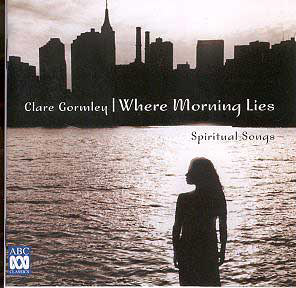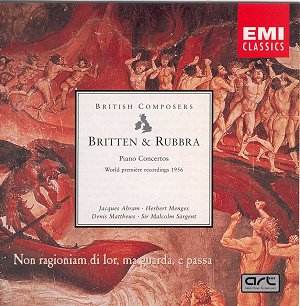 Composer: Various
Composer: Various
Works: Edna Bentz Woods: Valse Phantastique; Emile-Robert Blanchet: Turquie – Au jardin du vieux sérail, Op. 18 No. 3; Felix Blumenfeld: Etude pour la main gauche seul, Op. 36; Alfredo Casella: Deux Contrastes; Alexander Glazunov: The Seasons – Petit Adagio (arr. Hamelin); Leopold Godowsky: Triakontameron – No. 13, Alt Wien; Marc-André Hamelin: Etudes – No. 3 (d’après Paganini), No. 6, Essercizio per pianoforte (Omaggio a Domenico Scarlatti); Josef Hofmann: Mignonettes – Nocturne (‘Complaint’), Charakterskizzen, Op. 40 – No. 4, Kaleidoskop; Nikolai Kapustin: Toccatina, Op. 36; Jules Massenet: Valse folle; Arthur Lourié: Gigue; Alexander Michalowski: Etude d’après l’Impromptu en la bémol majeur de Fr. Chopin, Op. 29; Moritz Moszkowski: Etude in A flat minor, Op. 72 No. 13; Jacques Offenbach/Jakob Gimpel: Concert paraphrase of ‘The Song of the Soldiers of the Sea’; Francis Poulenc: Intermezzo in A flat; John Vallier: Toccatina.
Performers: Marc-André Hamelin (piano)
Recording: Recorded in Henry Wood Hall, London on February 2nd-4th, 2001. [DDD]
Label: HYPERION CDA67275 [67.21]
Marc-André Hamelin’s latest release, titled “Kaleidoscope,” offers a richly varied tapestry of lesser-known works, each selected to showcase not only the technical prowess of the performer but also the depth of the repertoire. This collection traverses a wide array of composers, many of whom, despite their historical significance, have fallen into relative obscurity. Hamelin’s affinity for the unique and the unconventional is well documented, and this disc furthers that narrative, presenting a delightful mélange of styles and influences from the late 19th and early 20th centuries.
The opening track, Edna Bentz Woods’ Valse Phantastique, establishes a nostalgic tone that echoes throughout the album. While details on Woods remain sparse, her brief yet evocative composition serves as a perfect introduction, allowing Hamelin to showcase his lyrical sensitivity. This is contrasted sharply with Alfredo Casella’s Deux Contrastes, where the first movement draws on Chopin’s harmonic language, juxtaposed with the angularity of the second, aptly titled ‘Antigrazioso.’ Hamelin navigates these contrasting textures with ease, his fingerwork scintillating yet precise, embodying the spirit of the music while maintaining a clear interpretative vision.
The engineering of this recording deserves particular commendation. The clarity of sound captured in Henry Wood Hall allows each note to resonate fully, presenting the intricate textures of Godowsky’s Triakontameron and the jazzy playfulness of Kapustin’s Toccatina with impressive fidelity. Hamelin’s interpretation of Glazunov’s Petit Adagio, arranged here for piano, reveals his deep understanding of the subtleties of phrasing and dynamics, where each note is imbued with meaning and warmth, contrasting effectively with the more virtuosic demands of Michalowski’s Etude d’après Chopin, which challenges the performer with its technical intricacies.
The pianist’s own Etudes, particularly No. 3, a homage to Paganini, display Hamelin’s signature ability to infuse humor into his playing. He makes the piano ‘laugh,’ a characteristic tone that is both engaging and technically demanding. In Etude No. 6, Hamelin cleverly references Scarlatti’s playful spirit while maintaining a contemporary sensibility, showcasing his dual allegiance to tradition and innovation. The interplay of humor and homage is striking, as he skillfully balances homage with originality.
Surprises abound in this kaleidoscopic offering, notably Massenet’s Valse folle, which, as noted by Jeremy Nicholas in the liner notes, jarringly contrasts with the familiar lyricism of Massenet’s more celebrated operatic works. Hamelin’s approach to this piece is exuberant and brash, perfectly encapsulating its wild spirit. The abrupt ending leaves a lasting impression, a testament to Hamelin’s ability to engage with the unexpected, pushing the boundaries of audience expectation.
With this recording, Hamelin not only affirms his position as one of the foremost pianists of our time but also shines a light on a repertoire that is often overlooked. His blend of technical flair, musicality, and a keen interpretative insight makes “Kaleidoscope” not merely a collection of encores, but a substantial contribution to the piano repertoire. The careful programming ensures a coherent listening experience, inviting exploration and appreciation of each work within the broader context of the piano’s evolving history.



